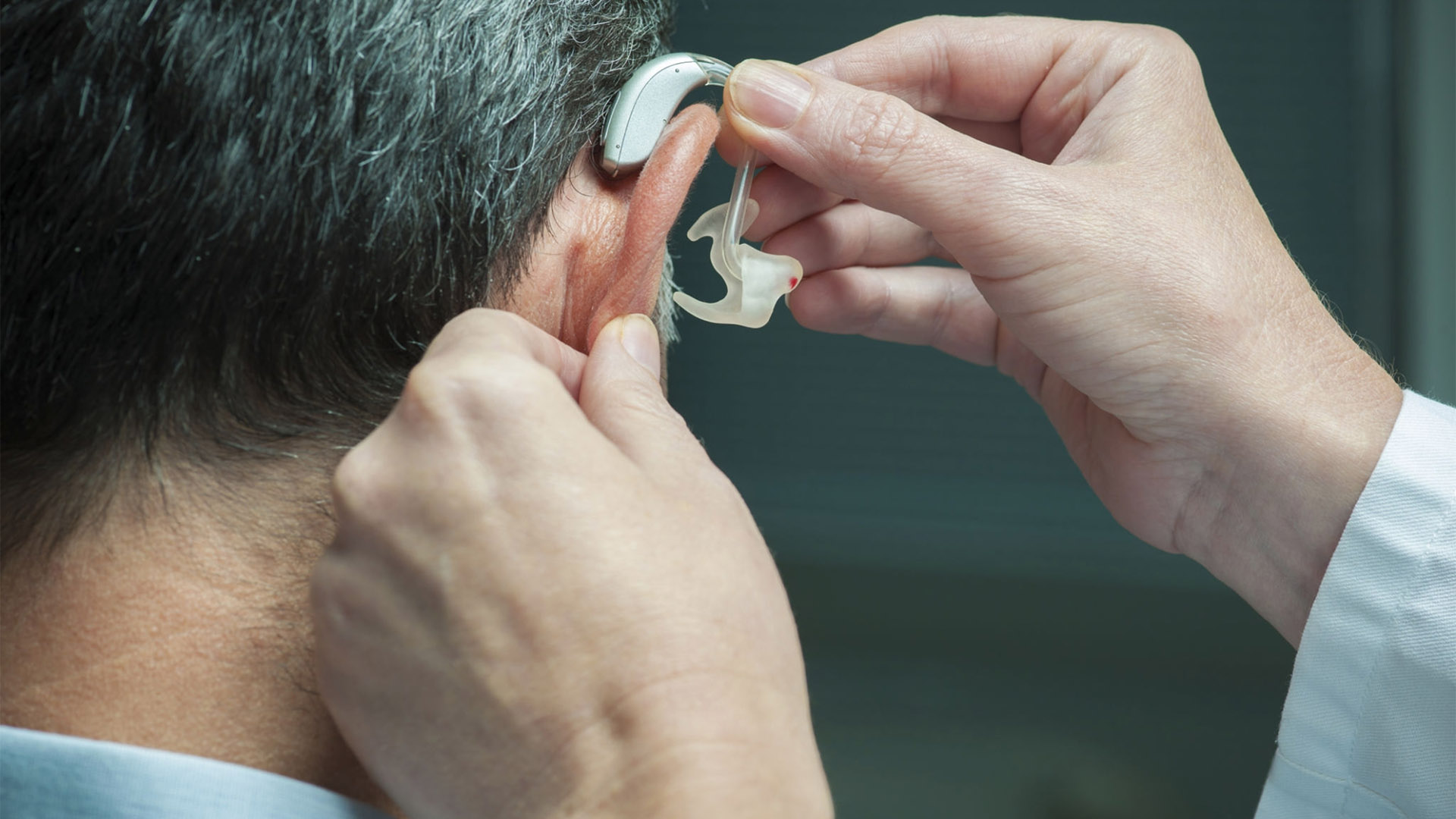Thanks God! I Can Hear.
With our five sense organs, we feel the value of being human and experience memories by living our emotions and moments. It is very frightening and saddening to think that we do not hear the voices of our loved ones and that we cannot feel when we are announcing our voices to our loved ones. Many people who lose their ability to hear naturally or later partially or completely experience these spooky and sad feelings.
.jpg)
It is of course possible to hear again with hearing loss treatment and devices. The historical development of hearing aid technology is divided into 4 main periods.
Acoustic Age
The first method used to improve hearing is to hold hands behind the ears. Although it does not look good cosmetically, a gain of approximately 14 dB can be achieved between 1000 Hz and 3000 Hz. Speech tubes, acoustic amplifiers such as horn and funnel were used from the 17th century to the 19th century.
.jpg)
The Age of Carbon Hearing Devices
After the invention of the phone (1876 Graham Bell), telephone technology was adapted to hearing aids and carbon hearing aids were started to be made. The first carbon hearing aid was made in the USA in 1902 by Miller Rees. A simple carbon hearing aid has three elements: carbon microphone, bipolar or monopolar magnetic receiver and drum plus transmission cords. In 1932, the first bone conduction device was made by adding a bone receiver to the magnetic system. In this age, many techniques and concepts have been developed and hearing aid technology has begun to develop.
Vacuum Tube Age
The development of vacuum tubes has also improved hearing aid technology, and carbon microphones have started to be used with vacuum tube amplifiers. Then, in this type of hearing aids, crystal microphones were used and the battery became smaller. Automatic Gain Control (AGC) devices are advanced but not widely used. Hearing aid dimensions have shrunk and become portable in the pocket. Vacuum tube hearing aids provide higher gain, wider frequency response and lower distortion than carbon hearing aids. Magnetic microphones were developed in 1946. This age also led to the birth of audiology.
Transistor Age
The transistor, which forms the basis of today's hearing aids, was invented in 1950 by Bell Telephone Laboratories. Hence, hearing aids have gained a smaller and more flexible design. Silicon transistors, ceramic and electret microphones are used, and glasses-type hearing aids are widely used. In the 1960s, behind-the-ear hearing aids developed. After 1971, hearing aid technology developed very rapidly, very thin electret / FET microphones were used and in-ear hearing aids started to develop. AGC, Wide Dynamic Range Compression, analog digital noise reduction systems have started to be used.
Today, for patients who need hearing aids, prototypes are produced with 3D printers by taking molds and then permanent hearing aids made of plastic are presented to the patient. Regardless of the type and model of the hearing aid, it is made of plastic in order to provide ergonomic structure, light weight, low cost and easy cleaning. Considering that there are over 10 million hearing aids in the world, plastic seems to have come to our rescue.



